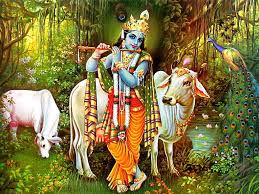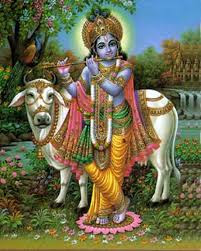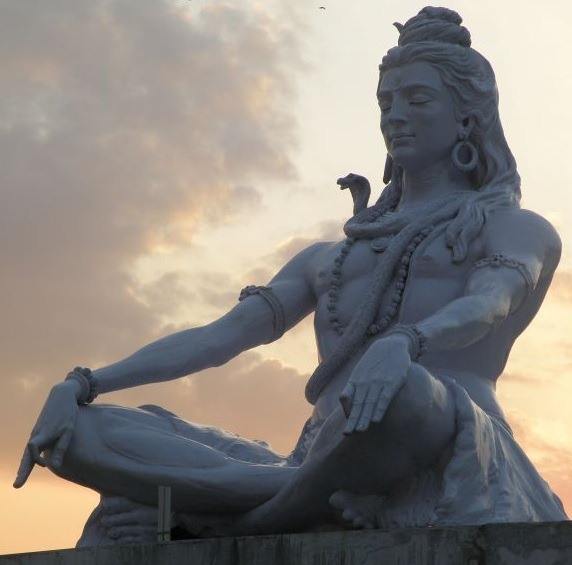HINDU FASTS & FESTIVALS : 3-13.

3. Durga Puja or Navaratri-13. This process demands a resolute will, determined effort, and arduous struggle. In other words, strength and infinite power are the prime necessity. Thus it is the Divine Mother who has to operate through the aspirant. Let us now consider how, on the first three days, the Mother is adored as supreme power and force, as Durga the Terrible. You pray to Mother Durga to destroy all your impurities, your vices, your defects. She is to fight with and annihilate the baser animal qualities in the spiritual aspirant, the lower, diabolical nature in him. Also, She is the power that protects your spiritual practice from its many dangers and pitfalls. Thus the first three days, which mark the first stage or the destruction of impurity and determined effort and struggle to root out the evil tendencies in your mind, are set apart for the worship of the destructive aspect of the Mother. Swami Sivananda To be continued ....























